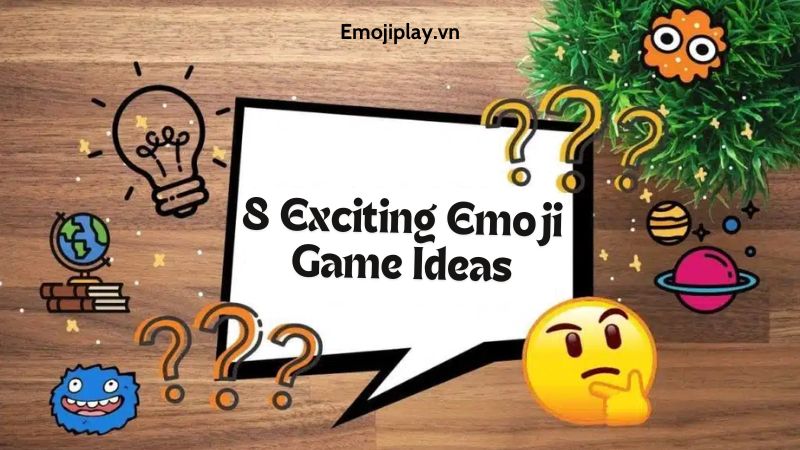Origins and Meaning of the Closed Eyes Smile Emoji
Emojis have become an integral part of our digital communication, adding a touch of emotion and personalization to our messages. Among the vast array of emojis available, the closed eyes smile emoji holds a special place. Let’s delve into its origins and uncover the meaning behind this popular symbol.
A. Brief history of emojis and their evolution
Emojis, derived from the Japanese words “e” (meaning picture) and “moji” (meaning character), were initially created in the late 1990s by Shigetaka Kurita. These simple pictographs gained traction and were eventually adopted by various platforms, evolving into the diverse set we know today.
B. Origins and initial intention behind the closed eyes smile emoji
The closed eyes smile emoji, often referred to as the “blissful” or “happy face,” was first introduced by the Japanese mobile operator NTT DoCoMo in the early 2000s. It was intended to convey a sense of joy and contentment, representing a genuine and carefree smile.
C. Interpretation and various meanings associated with the emoji
While the closed eyes smile emoji is commonly associated with happiness, its interpretation can vary depending on the context. Some perceive it as a symbol of laughter or amusement, while others view it as a sign of satisfaction or inner peace. Its usage extends beyond expressing joy, often symbolizing a state of serenity or a lighthearted moment.
As communication evolves, the meaning of emojis can also change. Individuals may interpret the closed eyes smile emoji differently based on personal experiences, cultural backgrounds, and even current trends. It is this versatility that makes the closed eyes smile emoji a powerful tool for conveying emotions in the digital realm.
Stay tuned for the next section as we explore the popular usage of the closed eyes smile emoji and uncover its impact on modern communication.
Tips for Using the Closed Eyes Smile Emoji Effectively
Emojis have become an integral part of our digital communication, allowing us to express emotions and convey meaning in a fun and visual way. The closed eyes smile emoji, with its cheerful and lighthearted expression, is a popular choice for many. However, to ensure effective communication, it is important to understand the appropriate usage and potential pitfalls associated with this emojHere are some tips to help you make the most of the closed eyes smile emoji:
A. Understanding the appropriate contexts to use the emoji
To use the closed eyes smile emoji effectively, it is essential to consider the context of your conversation. This emoji is commonly used to express happiness, joy, or a sense of humor. It can be a great addition to casual conversations, when sharing good news, or when you want to lighten the mood. However, it may not be suitable for formal or serious discussions.
B. Avoiding misinterpretation and potential pitfalls
While emojis are meant to enhance communication, they can sometimes be misinterpreted. The closed eyes smile emoji, for example, may be perceived as sarcasm or insincerity by some. To avoid confusion, make sure the intended meaning aligns with the conversation and the relationship you have with the recipient. Consider the overall tone of the conversation and use the closed eyes smile emoji sparingly to prevent any misunderstandings.
C. Balancing emoji usage with other forms of communication
Emojis are a great way to add emotion and personality to your messages, but it’s important to strike a balance. Overusing emojis, including the closed eyes smile emoji, can make your messages appear unprofessional or juvenile. Remember to utilize other forms of communication, such as words and tone, to convey your message effectively. Sometimes, a well-crafted sentence or a heartfelt message can have a greater impact than relying solely on emojis.
By understanding the appropriate contexts, avoiding misinterpretation, and finding the right balance, you can effectively incorporate the closed eyes smile emoji into your digital conversations and enhance your communication with a touch of positivity and joy.
Conclusion
The closed eyes smile emoji has undoubtedly become a beloved and widely used symbol in digital communication. Its charm and versatility have made it an integral part of our online conversations. With its simple yet expressive design, this emoji allows us to convey a range of emotions and sentiments.
In this article, we explored the origins, meanings, and popular usage of the closed eyes smile emojWe delved into its cultural and social implications, highlighting how it serves as a form of non-verbal communication. Additionally, we discussed the cross-cultural variations in interpretation and the psychological and emotional impact it can have on individuals.
As we navigate the digital landscape, it is crucial to understand the appropriate contexts for using the closed eyes smile emojWhile it can bring joy and playfulness to our conversations, it is essential to avoid misinterpretation and ensure effective communication.
Emojis, including the closed eyes smile emoji, have revolutionized the way we communicate online, bridging the gap between text-based conversations and conveying emotions. As the digital world continues to evolve, emojis will likely remain a significant aspect of our communication style.
At Emoji Play, we embrace the power of emojis to enhance our online interactions. We invite you to explore our website and discover new ways to express yourself through these vibrant and expressive symbols.
Remember, the closed eyes smile emoji is more than just a symbol – it represents our ability to connect, share emotions, and bring a little bit of joy to our digital conversations. So go ahead, add a splash of warmth and playfulness to your messages with the closed eyes smile emoji!
Emoji Play – Where Emojis Come to Life!









